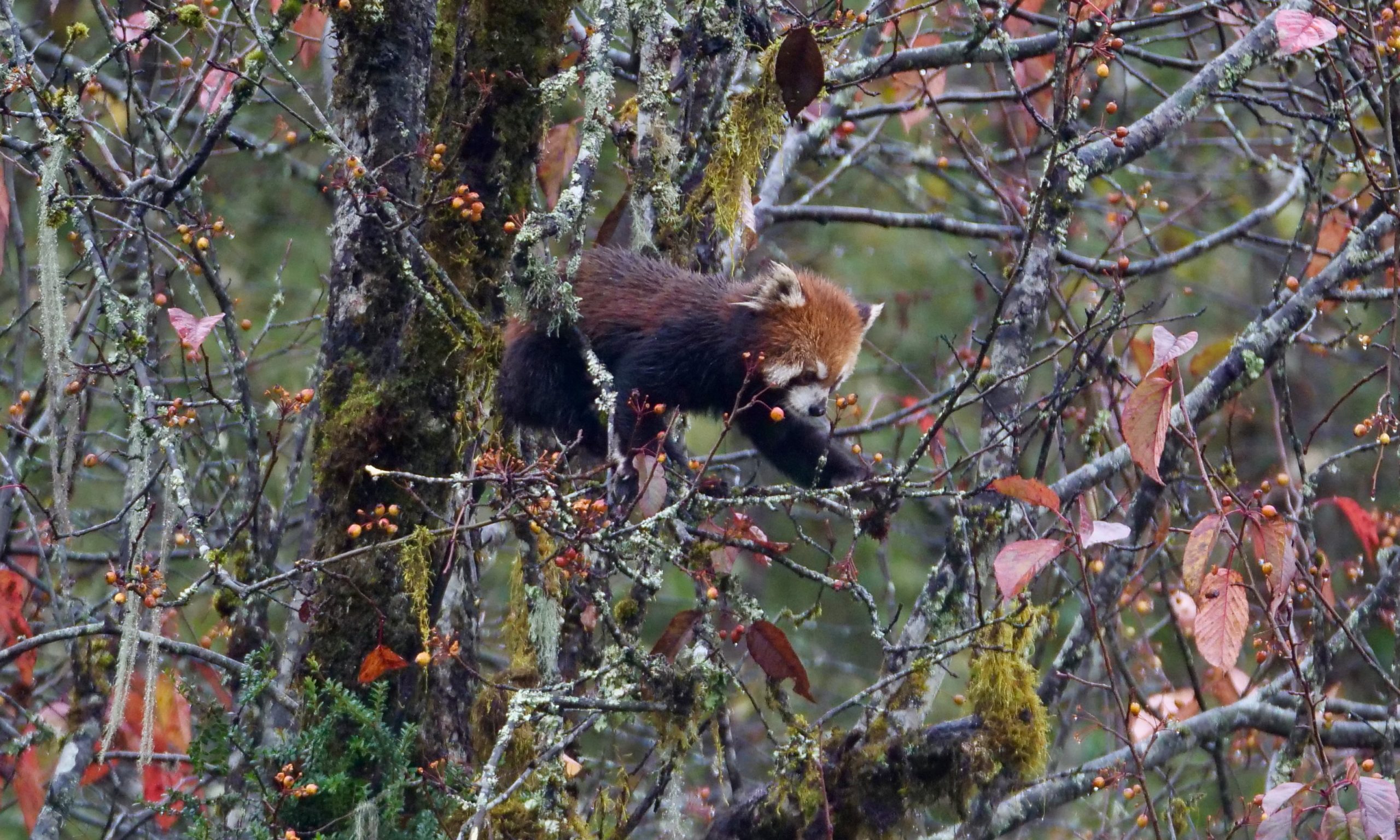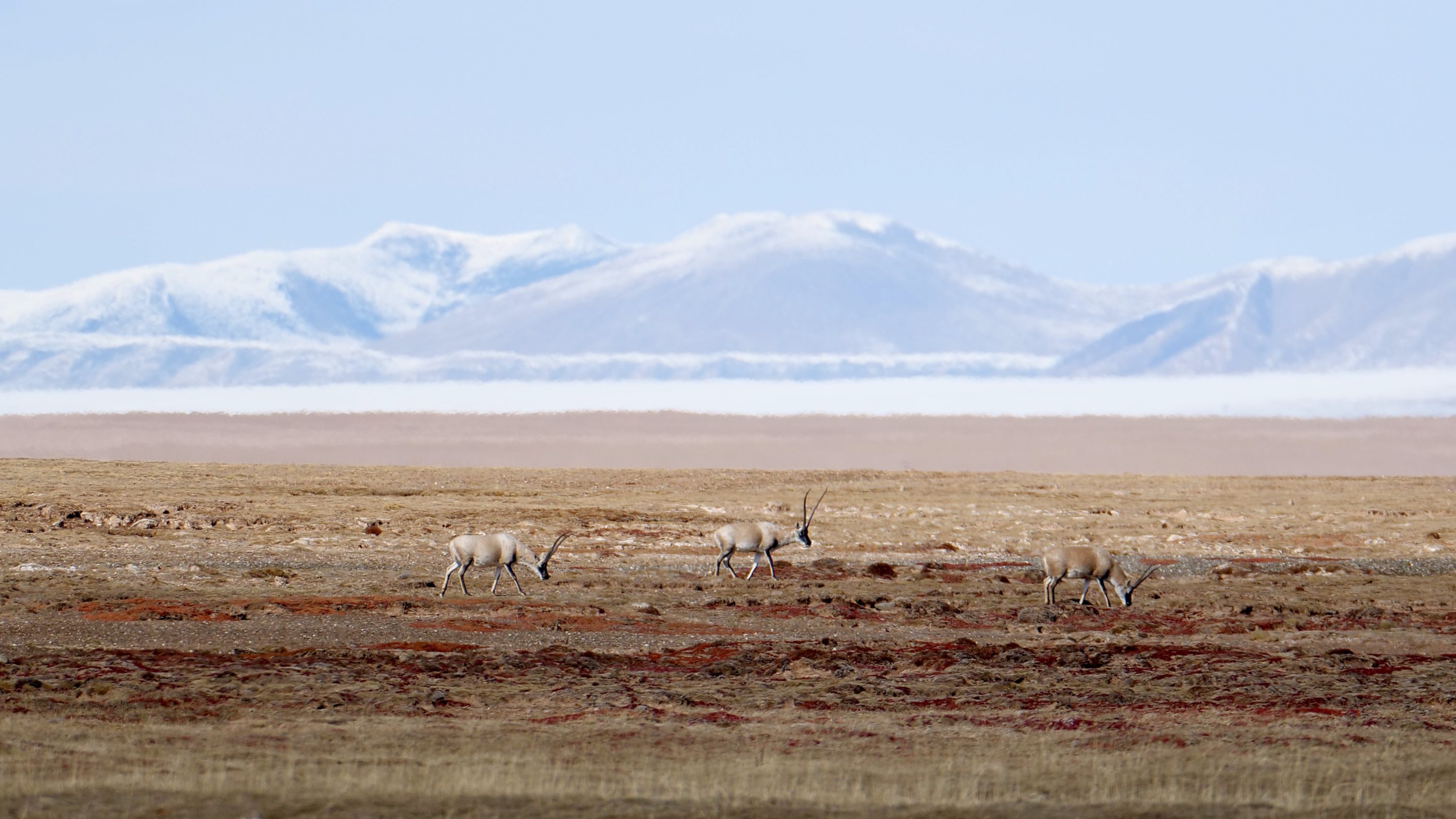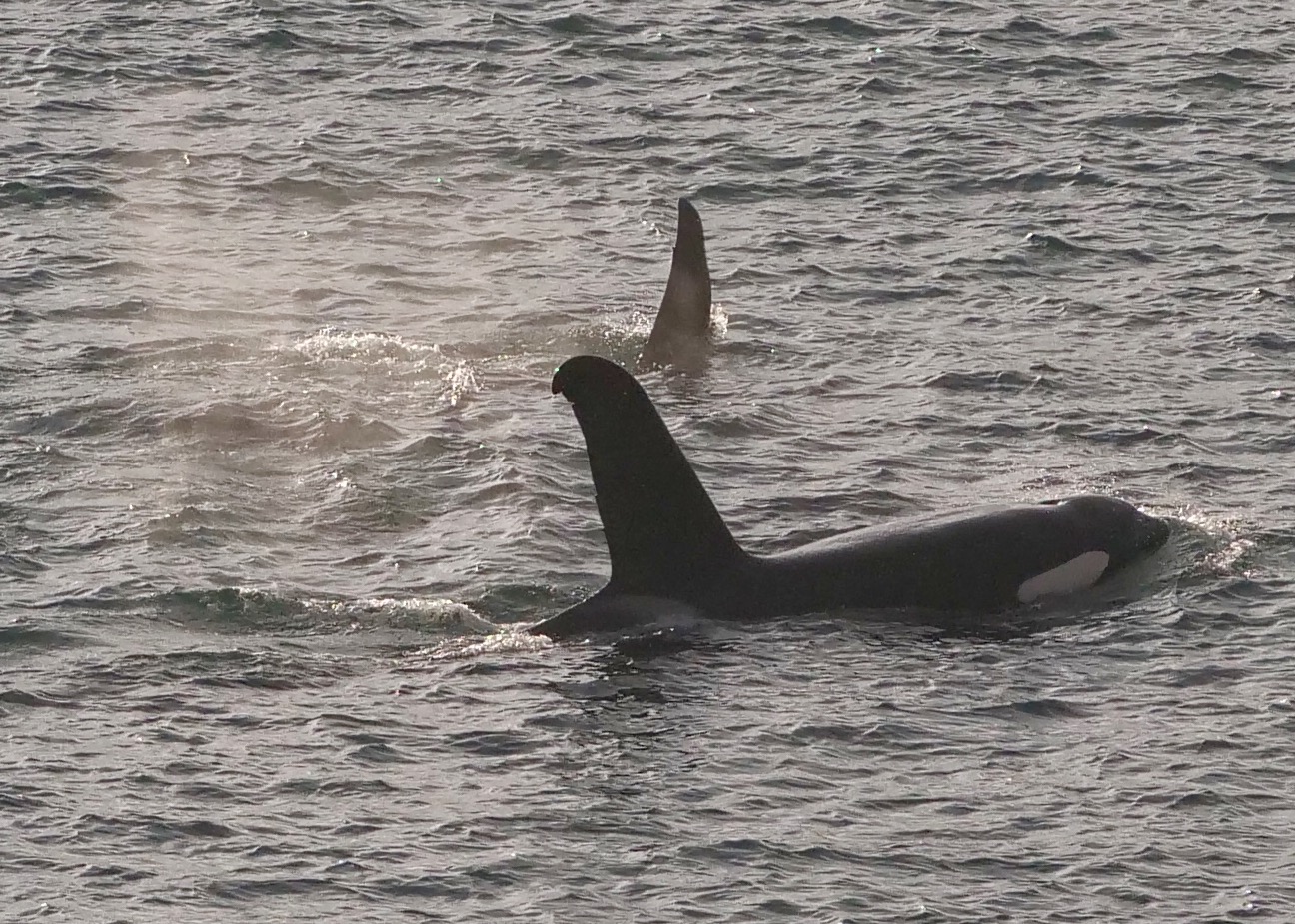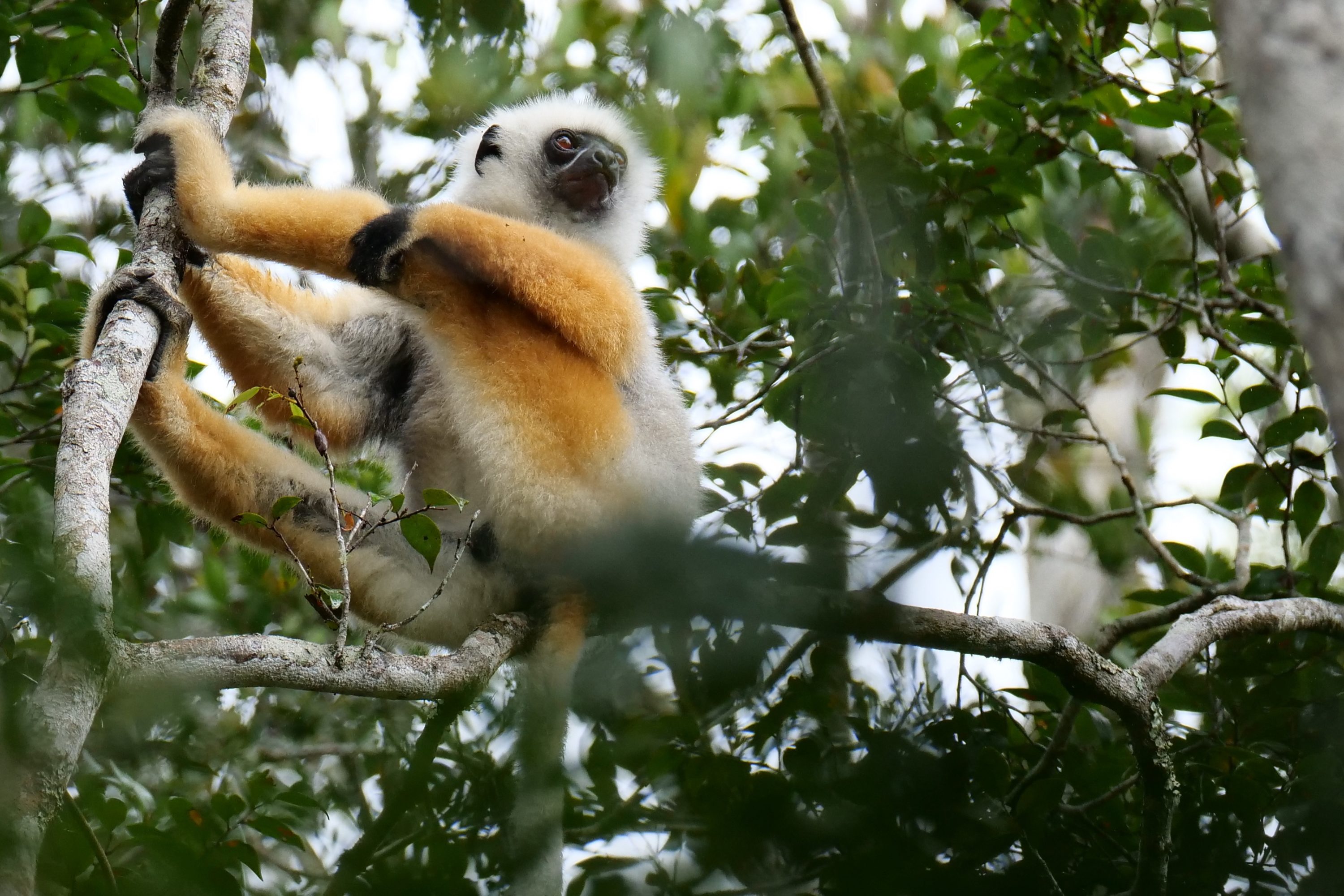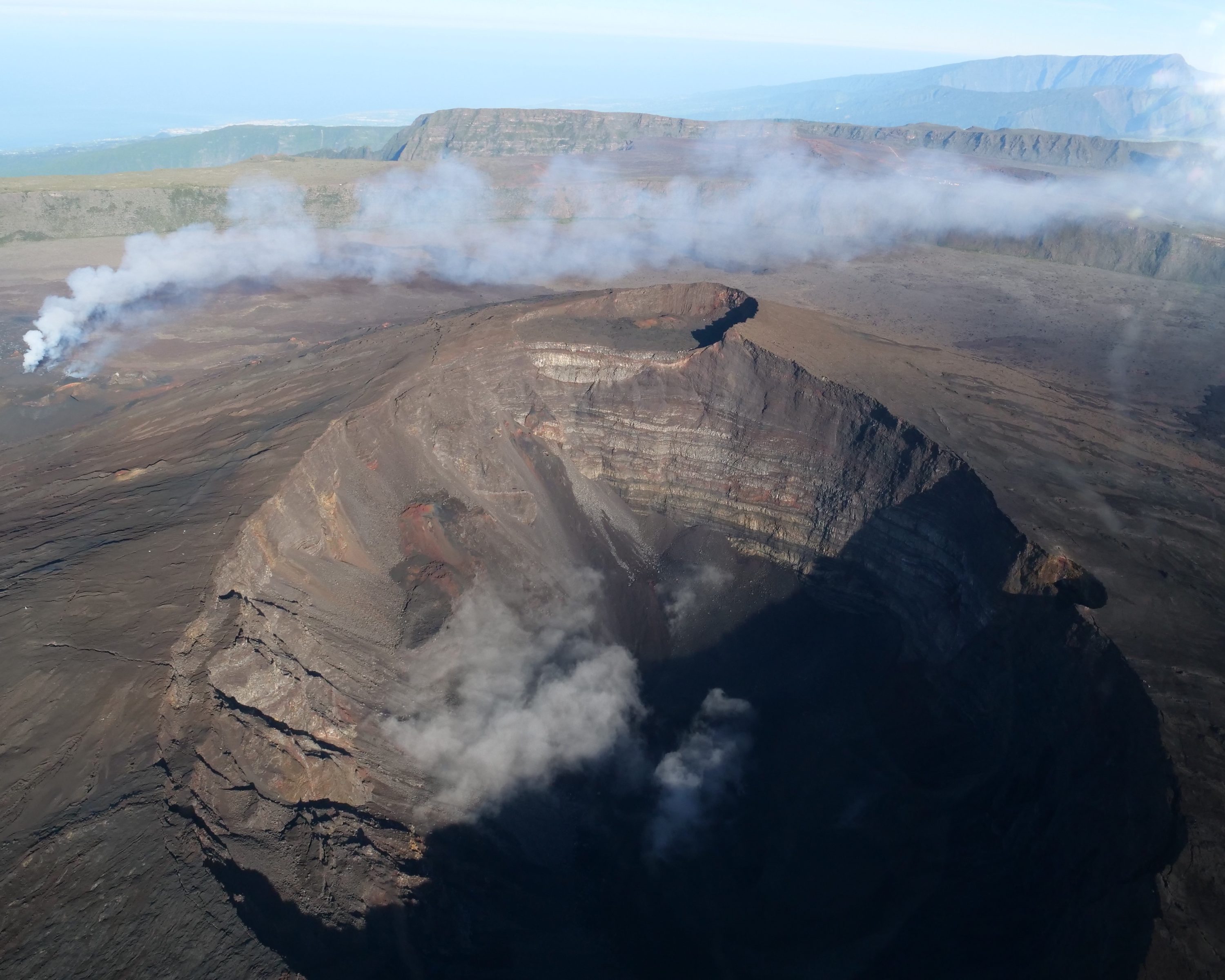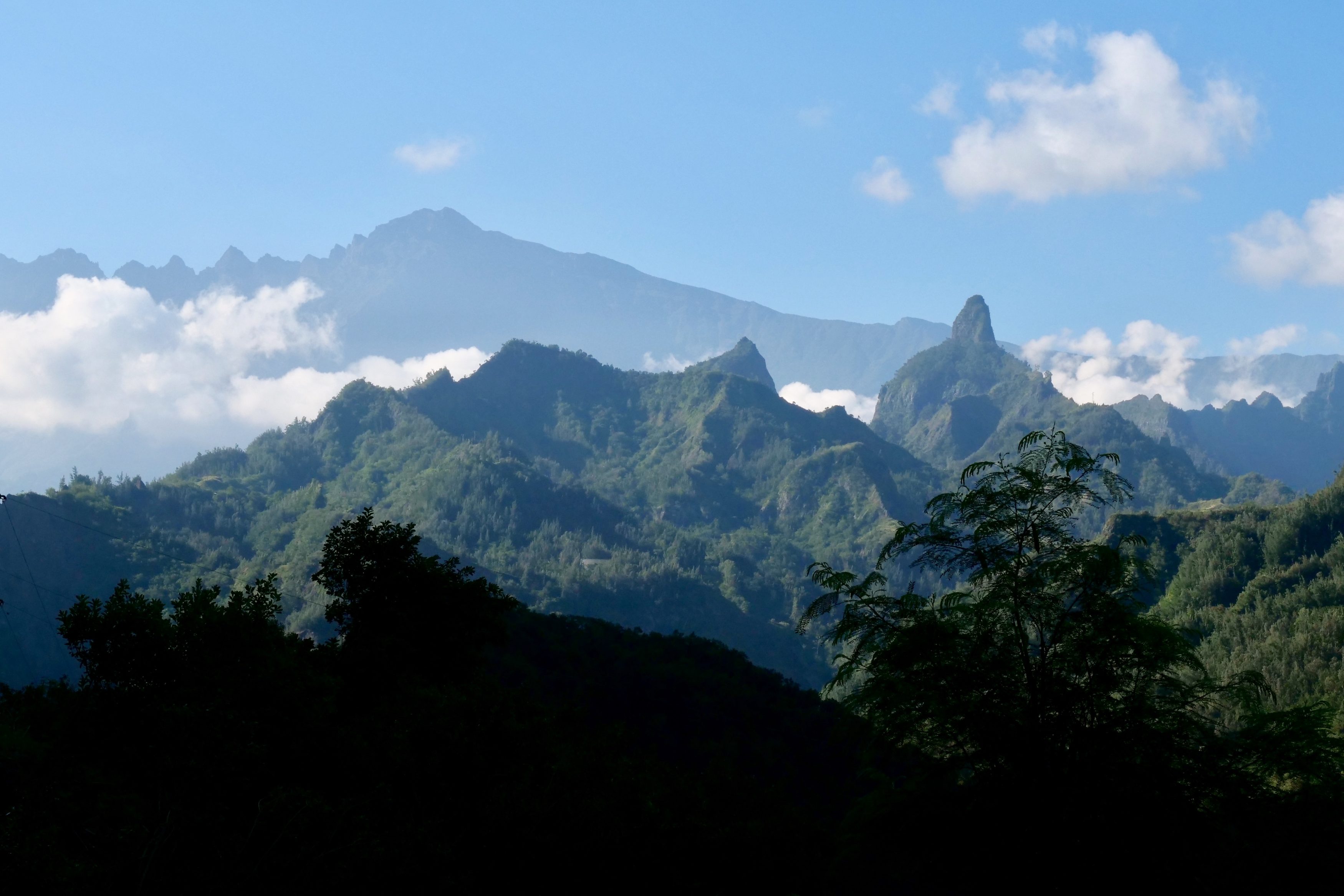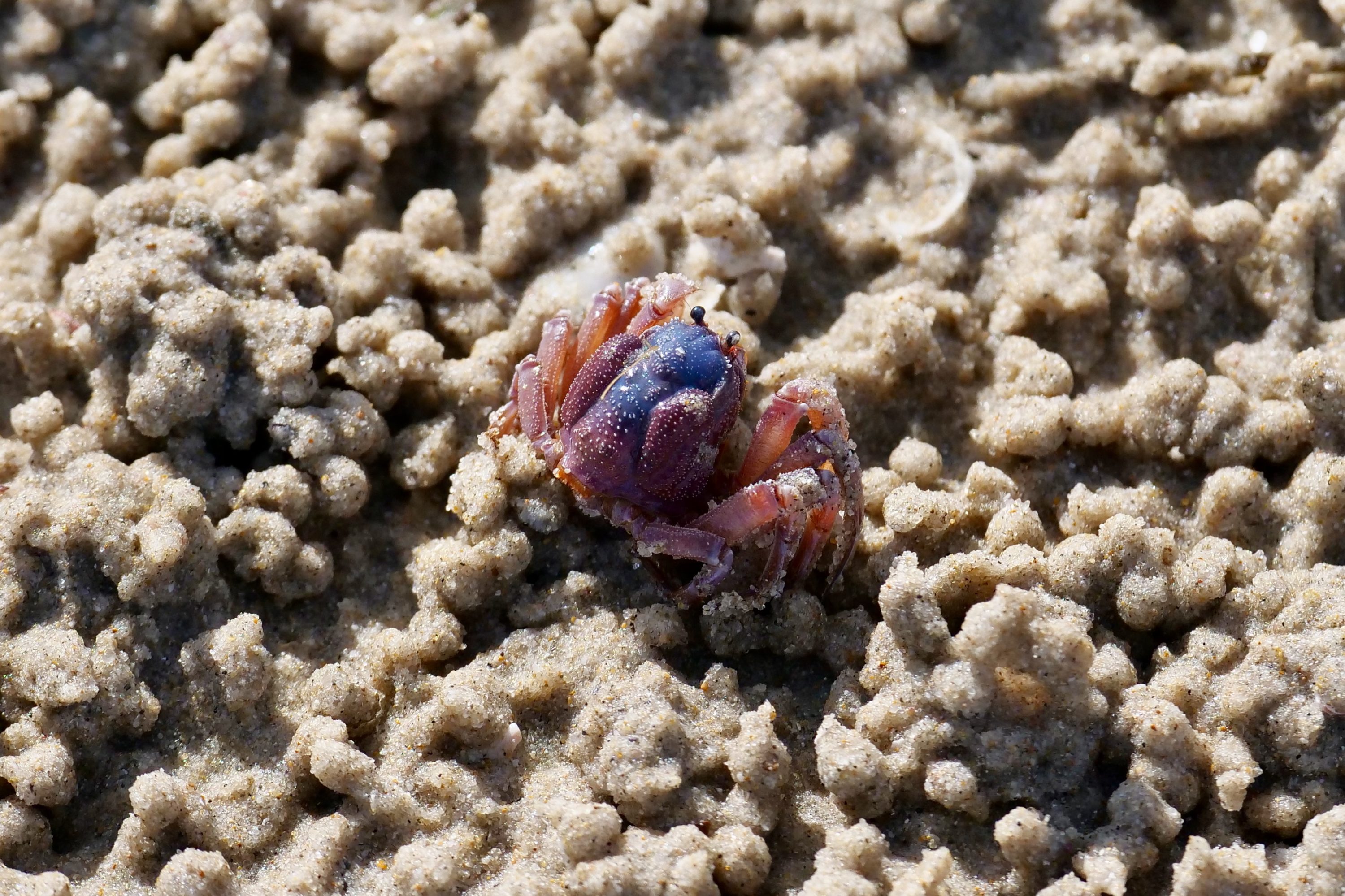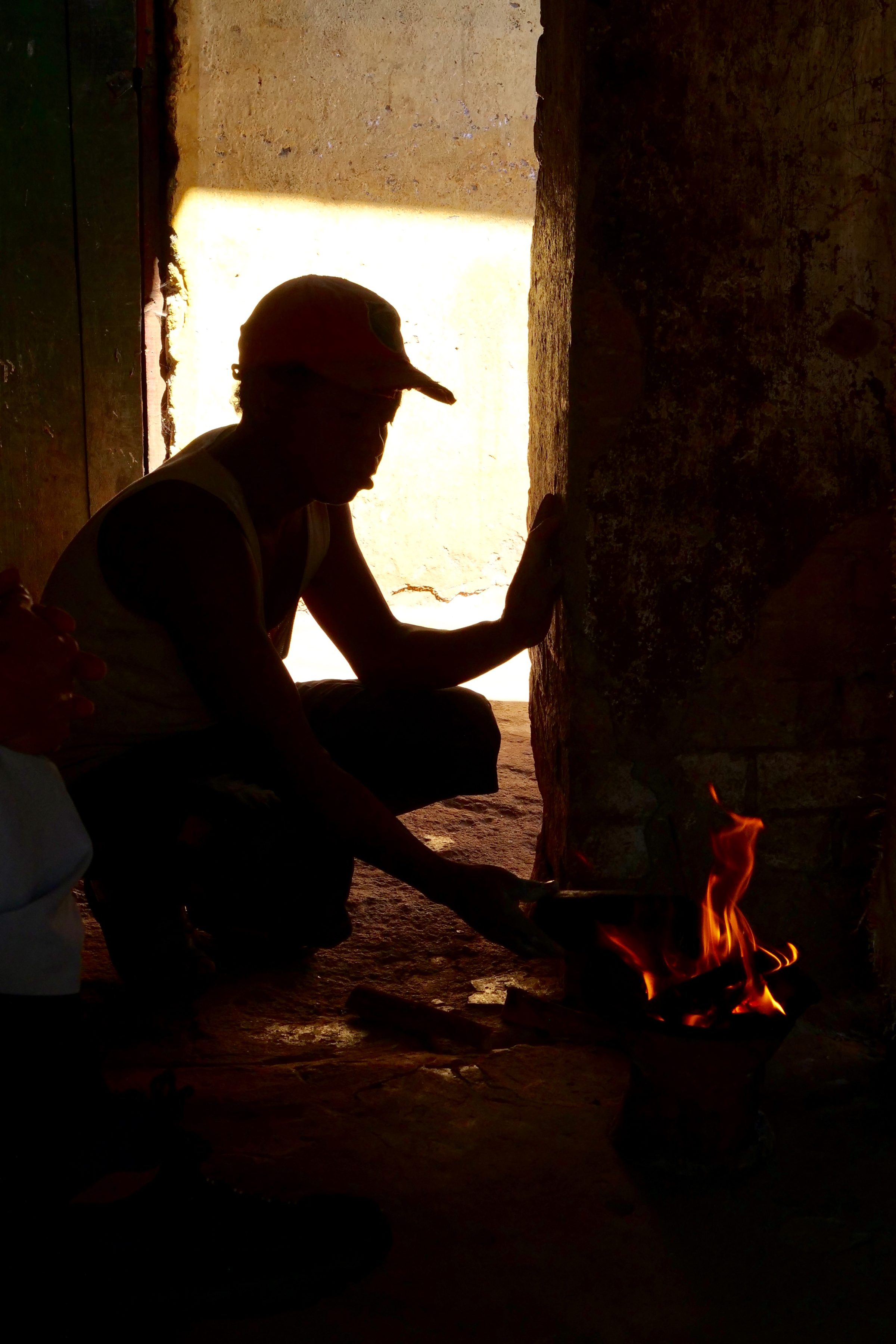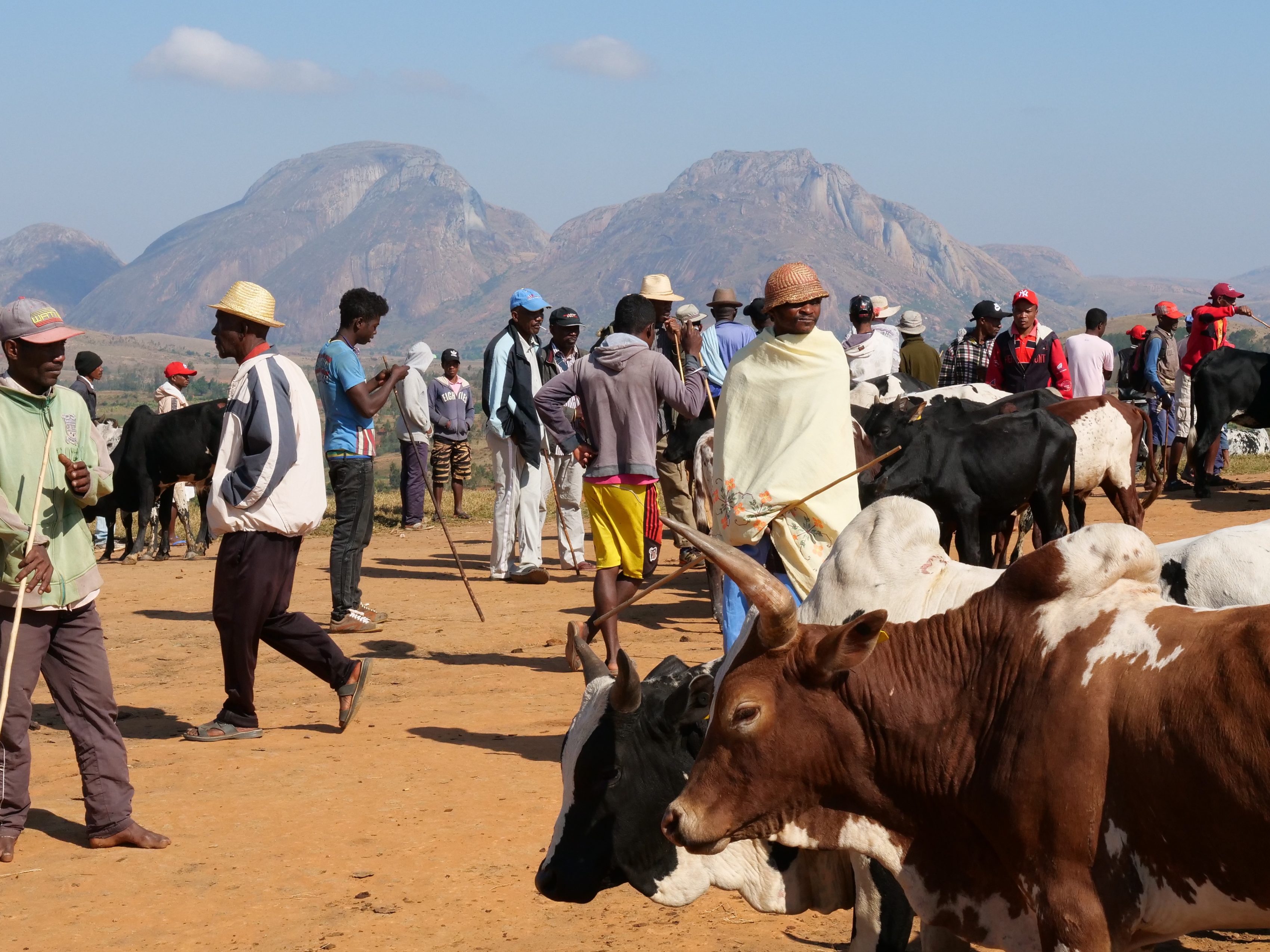“My” local daily paper – The West Australian – has recently become relentlessly parochial and adopted inane journalese as its house style.
Its headlines especially grate: almost all are prime examples of what smug dullards consider “clever”, of what twits mistake for wit.
The West‘s editor may or may not be a bona fide idiot; perhaps he is just a bright young lickspittle, fulfilling a brief to “dumb everything down, cut every cost and cross-promote the linked TV station, endlessly”.
So, it was a particular joy/relief to encounter some actual journalistic flair…
